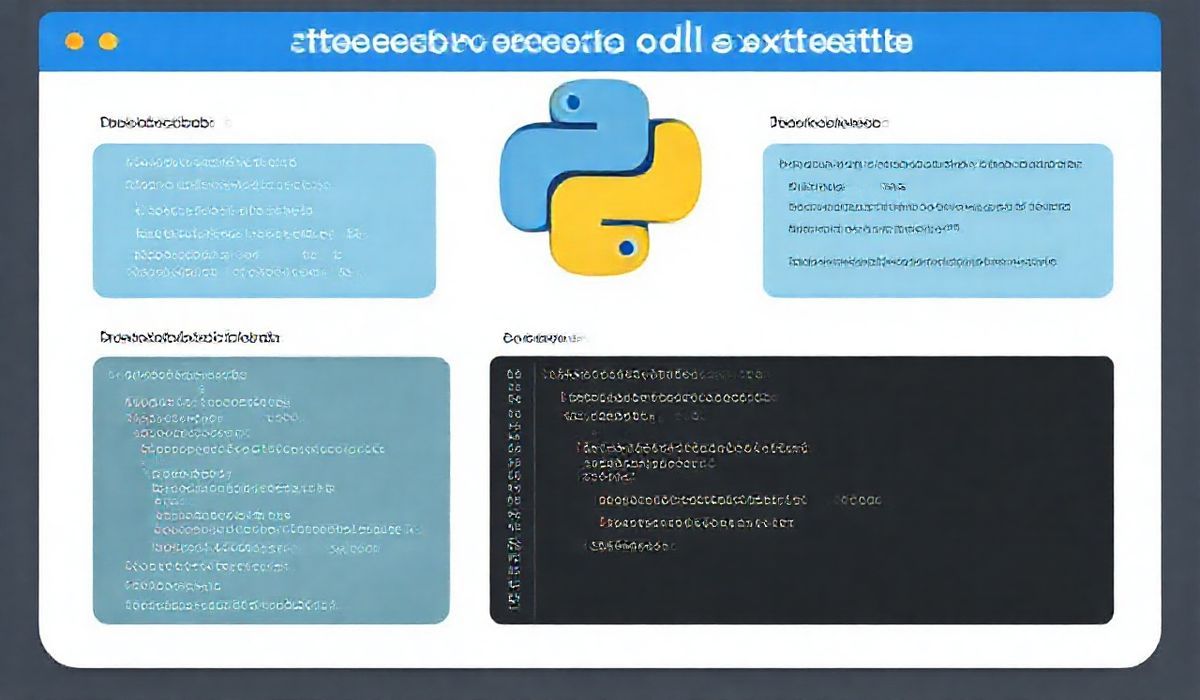Introduction to Responsify
Responsify is a JavaScript library designed to make your web projects responsive, ensuring that they look great on any device. With Responsify, you can easily adjust your website’s layout, images, and other elements to fit various screen sizes and orientations. This introduction will walk you through the core APIs of Responsify and provide code snippets to help you get started.
Core APIs of Responsify
1. Initialize Responsify
Start by including the Responsify library in your project. You can do this by placing the following script tag in your HTML:
<script src="path/to/responsify.js"></script>
2. Configuring Breakpoints
You can define custom breakpoints for your responsive design. Here’s how you can set up breakpoints in Responsify:
var breakpoints = {
small: 480,
medium: 768,
large: 1024
};
Responsify.setBreakpoints(breakpoints);
3. Responsive Images
To ensure that images scale appropriately on different devices, use the makeResponsive method. Here’s an example:
Responsify.makeResponsive('img.responsive');
4. Dynamic Layout Adjustments
Adjust the layout dynamically using the adjustLayout method, which applies specific classes based on the current breakpoint:
Responsify.adjustLayout({
small: 'layout-small',
medium: 'layout-medium',
large: 'layout-large'
});
5. Event Listeners for Breakpoint Changes
Adding event listeners for when the viewport changes a breakpoint can be useful for performing actions at specific responsive stages:
Responsify.onBreakpointChange(function(currentBreakpoint) {
console.log('Current Breakpoint:', currentBreakpoint);
});
6. Responsive Typography
Adjust the typography settings using the responsiveTypography method:
Responsify.responsiveTypography({
small: 'font-small',
medium: 'font-medium',
large: 'font-large'
});
Example App Using Responsify
Now, let’s build a simple app that utilizes the above-mentioned APIs of Responsify. Here’s a basic example:
<!DOCTYPE html>
<html lang="en">
<head>
<meta charset="UTF-8">
<meta name="viewport" content="width=device-width, initial-scale=1.0">
<title>Responsive App</title>
<script src="path/to/responsify.js"></script>
<style>
.layout-small { background-color: #f8f8f8; }
.layout-medium { background-color: #e8e8e8; }
.layout-large { background-color: #d8d8d8; }
.font-small { font-size: 12px; }
.font-medium { font-size: 16px; }
.font-large { font-size: 20px; }
</style>
</head>
<body>
<div id="app">
<h1 class="responsive">Welcome to the Responsive App</h1>
<img class="responsive" src="example.jpg" alt="Responsive Image">
<p>This text will also adjust based on screen size.</p>
</div>
<script>
var breakpoints = {
small: 480,
medium: 768,
large: 1024
};
Responsify.setBreakpoints(breakpoints);
Responsify.makeResponsive('img.responsive');
Responsify.adjustLayout({
small: 'layout-small',
medium: 'layout-medium',
large: 'layout-large'
});
Responsify.onBreakpointChange(function(currentBreakpoint) {
console.log('Current Breakpoint:', currentBreakpoint);
});
Responsify.responsiveTypography({
small: 'font-small',
medium: 'font-medium',
large: 'font-large'
});
</script>
</body>
</html>
By following these steps, you can create a fully responsive web application using Responsify.
Hash: 83be562cf07b420d1a4878e31797acd4f11344eaa8c3d20f4048e1c75e4e110f




